Home>Storage & Organization>Closet & Wardrobe Organization>How To Organize A Supply Closet
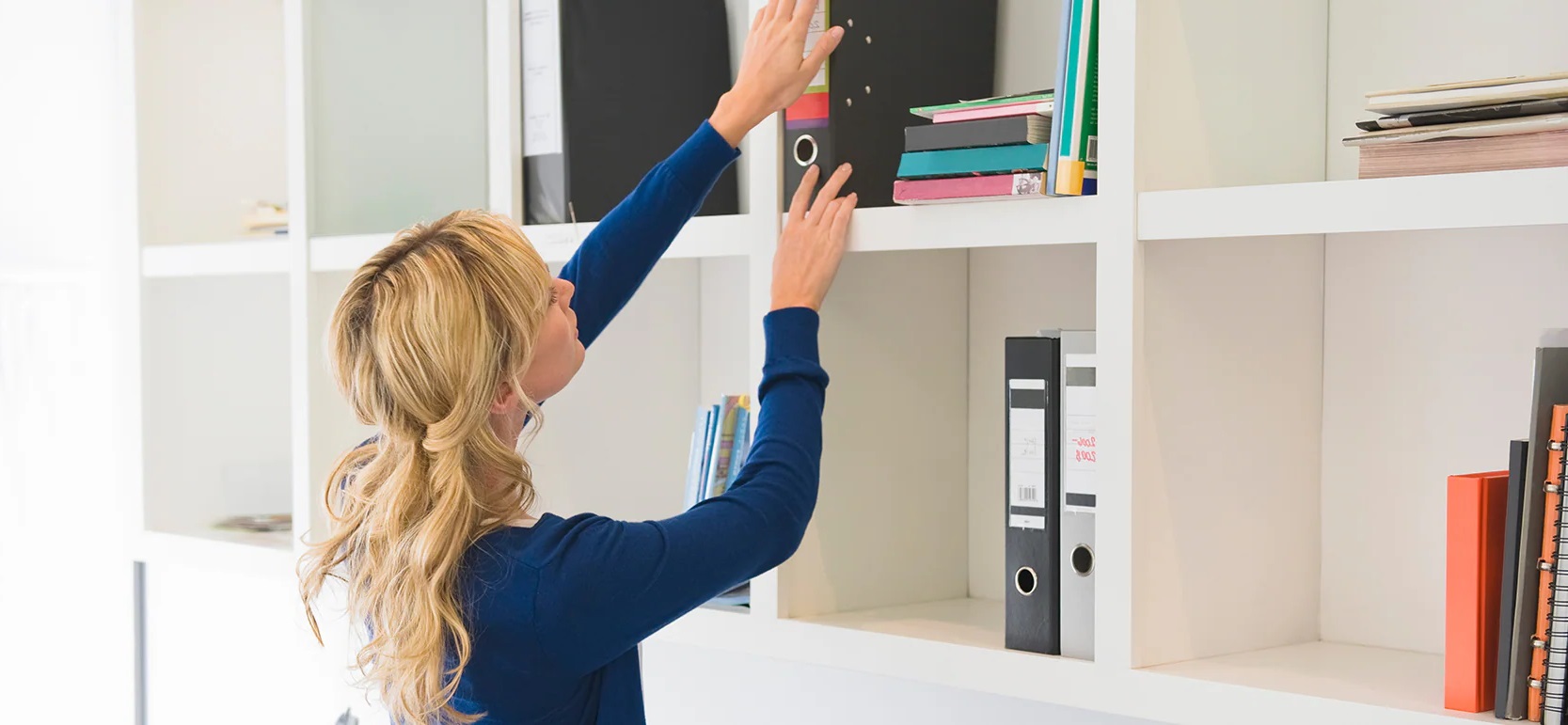

Closet & Wardrobe Organization
How To Organize A Supply Closet
Published: March 2, 2024
Learn how to efficiently organize your supply closet with our expert tips and tricks. Simplify your life and maximize space with our closet and wardrobe organization guide.
(Many of the links in this article redirect to a specific reviewed product. Your purchase of these products through affiliate links helps to generate commission for Storables.com, at no extra cost. Learn more)
Assessing the Current Inventory
Before diving into organizing a supply closet, it's crucial to assess the current inventory. This step involves taking stock of all the items in the closet to determine what's on hand and what needs to be replenished. Start by emptying the entire closet and laying out all the supplies in a designated area. This will provide a clear view of everything that's available and help in identifying any expired or damaged items that need to be discarded. Take inventory of the different types of supplies, such as cleaning products, tools, office supplies, and other miscellaneous items. This initial assessment sets the stage for the subsequent organization process, ensuring that everything is accounted for and nothing is overlooked.
Key Takeaways:
- Keep your supply closet organized by sorting items into categories based on type and usage frequency. Use storage solutions like shelves, bins, and hooks to create a practical system, and label everything for easy access.
- Implement a restocking plan by identifying usage patterns, setting par levels, and establishing a streamlined ordering process. Regularly review and adjust the plan to meet evolving needs and ensure essential supplies are always available.
Read more: How To Organize A Utility Closet
Sorting and Categorizing Supplies
Once the inventory has been assessed, the next step is to sort and categorize the supplies. This involves grouping similar items together to streamline the organization process. Start by creating categories based on the types of supplies, such as cleaning products, tools, office supplies, and so on. As you sort through the items, consider their frequency of use and accessibility. For instance, frequently used items should be placed in easily accessible areas, while those used less often can be stored in less accessible spaces. Utilize containers, bins, or shelves to keep each category separate and organized. This step not only makes it easier to locate specific items but also helps in identifying any gaps in the inventory that need to be restocked.
- Sort supplies into categories based on their type and usage frequency.
- Consider accessibility and frequency of use when determining storage locations.
- Utilize containers, bins, or shelves to keep each category separate and organized.
Creating a System for Storage
After sorting and categorizing the supplies, the next crucial step is to create a system for storage. This involves determining the most efficient and practical way to store the various categories of supplies. Consider utilizing storage solutions such as shelves, cabinets, bins, and hooks to maximize the space and keep the closet organized. For example, install adjustable shelving to accommodate supplies of different sizes and shapes. Utilize clear bins or containers for smaller items to allow for easy visibility and access. Additionally, consider utilizing vertical space by installing hooks or racks to hang items like brooms, mops, or extension cords. By creating a well-thought-out storage system, you can optimize the available space and ensure that everything has a designated place, making it easier to maintain organization in the long run.
- Utilize storage solutions such as shelves, cabinets, bins, and hooks to maximize space.
- Install adjustable shelving to accommodate supplies of different sizes and shapes.
- Use clear bins or containers for smaller items to allow for easy visibility and access.
- Utilize vertical space by installing hooks or racks to hang items like brooms, mops, or extension cords.
Use clear storage bins to categorize and organize supplies in the closet. Label each bin with the contents to easily find what you need. Keep frequently used items within easy reach for quick access.
Labeling and Maintaining Organization
Labeling is a crucial aspect of maintaining an organized supply closet. Once the supplies are sorted, categorized, and stored, it's essential to label everything clearly. Use a label maker or adhesive labels to mark the containers, shelves, and bins with the contents inside. This simple yet effective step makes it easy to identify and locate items, especially when multiple people have access to the supply closet. Additionally, consider using color-coded labels for different categories of supplies to further streamline the organization process. Regularly check the labels to ensure they are accurate and up to date, especially when restocking or rearranging the closet.
In addition to labeling, maintaining organization in the supply closet requires regular upkeep. Schedule periodic maintenance sessions to tidy up the closet, reevaluate the organization system, and discard any expired or unused items. Encourage everyone who uses the supply closet to adhere to the organization system and put items back in their designated places after use. By maintaining the organization consistently, the supply closet will remain functional and efficient, saving time and effort in the long run.
- Use a label maker or adhesive labels to mark the containers, shelves, and bins with the contents inside.
- Consider using color-coded labels for different categories of supplies to further streamline the organization process.
- Schedule periodic maintenance sessions to tidy up the closet, reevaluate the organization system, and discard any expired or unused items.
- Encourage everyone who uses the supply closet to adhere to the organization system and put items back in their designated places after use.
Implementing a Restocking Plan
Implementing a restocking plan is essential to ensure that the supply closet remains well-stocked and functional. Start by creating a list of all the supplies in the closet and noting their usage patterns. Identify the supplies that are frequently used and those with higher turnover rates. This information will help in determining the restocking schedule and quantities needed for each item. Consider setting par levels for essential supplies, indicating the minimum quantity that should be maintained at all times. This proactive approach helps in avoiding stockouts and ensures that necessary supplies are always available when needed.
Once the restocking needs are identified, establish a procurement process to replenish the supplies. Determine the preferred suppliers or vendors for each type of supply and establish a streamlined ordering process. Consider setting up automatic reordering for frequently used items to minimize the risk of running out of stock. Additionally, keep track of lead times for different suppliers to ensure that the restocking process is efficient and timely.
Regularly review the restocking plan to make adjustments based on changes in usage patterns, seasonal variations, or new supply requirements. Solicit feedback from the individuals who use the supplies to understand any emerging needs or preferences. By continuously evaluating and refining the restocking plan, the supply closet can adapt to evolving demands and remain well-prepared to meet the needs of the users.
Incorporate the restocking plan into the overall maintenance schedule for the supply closet. Schedule dedicated time for restocking activities, such as checking inventory levels, placing orders, and receiving and organizing new supplies. By integrating restocking into the regular maintenance routine, the supply closet can maintain a consistent level of organization and functionality.
By implementing a well-structured restocking plan, the supply closet can operate efficiently, ensuring that essential supplies are readily available when needed. This proactive approach not only prevents disruptions due to stockouts but also contributes to a well-organized and functional workspace.
Frequently Asked Questions about How To Organize A Supply Closet
Was this page helpful?
At Storables.com, we guarantee accurate and reliable information. Our content, validated by Expert Board Contributors, is crafted following stringent Editorial Policies. We're committed to providing you with well-researched, expert-backed insights for all your informational needs.
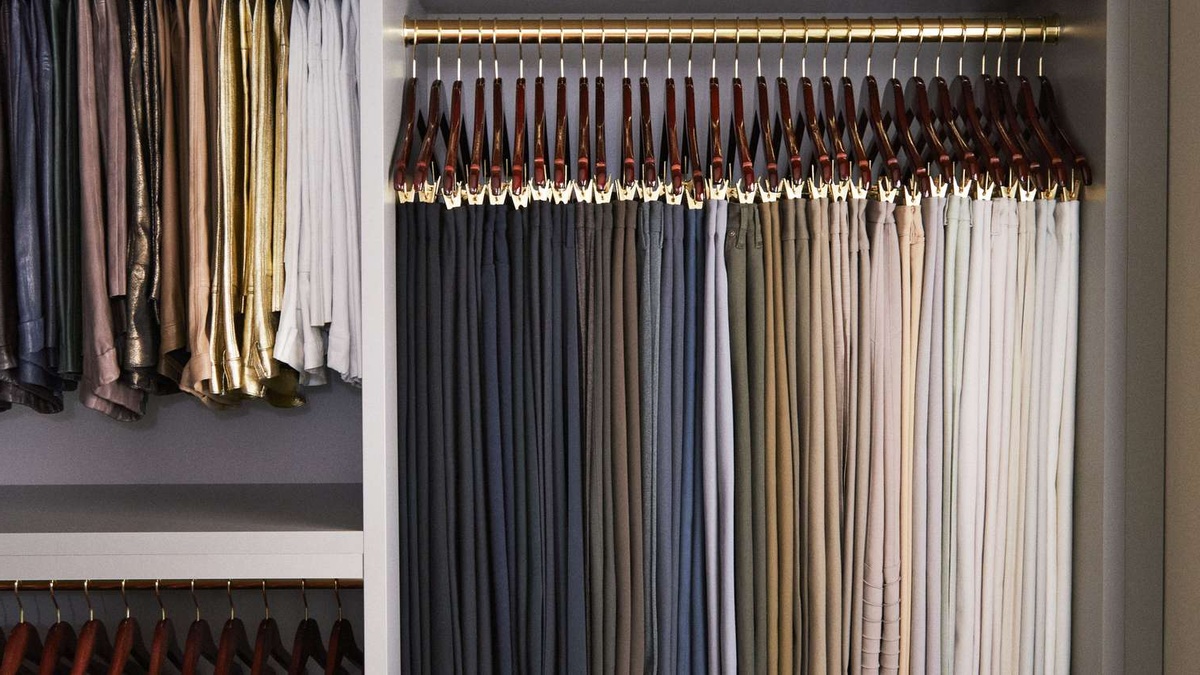
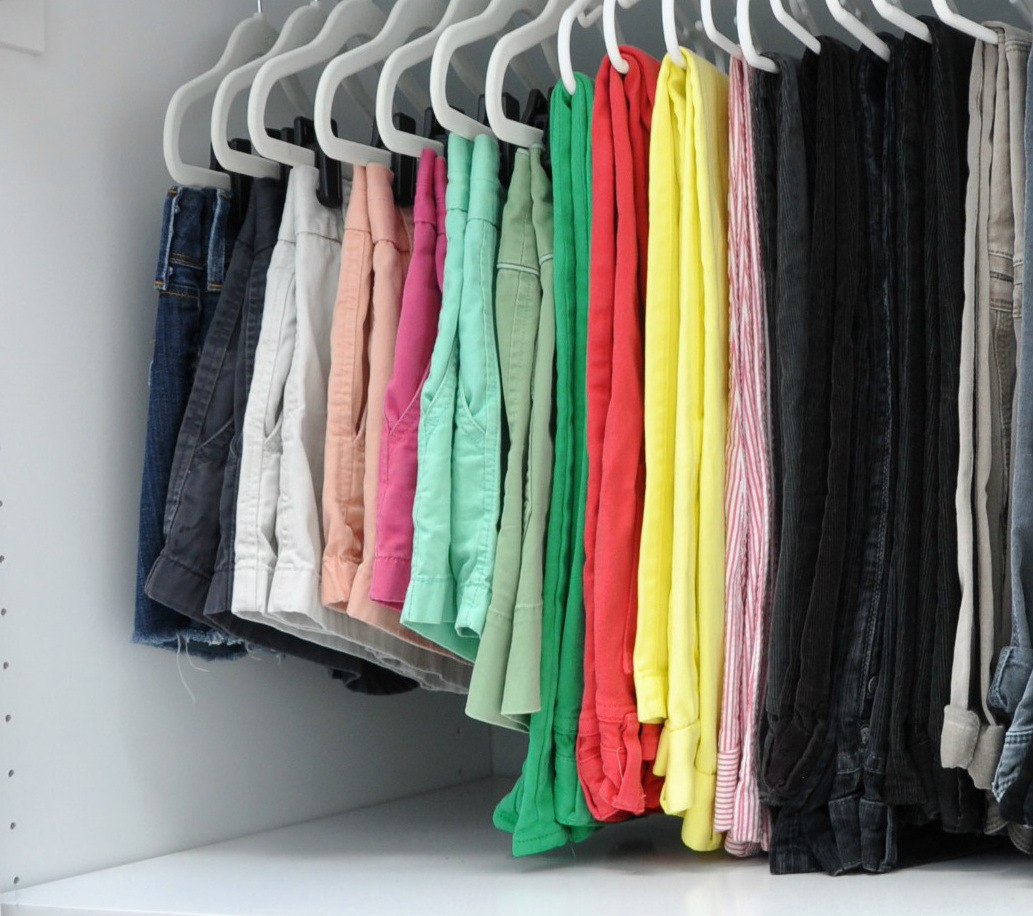
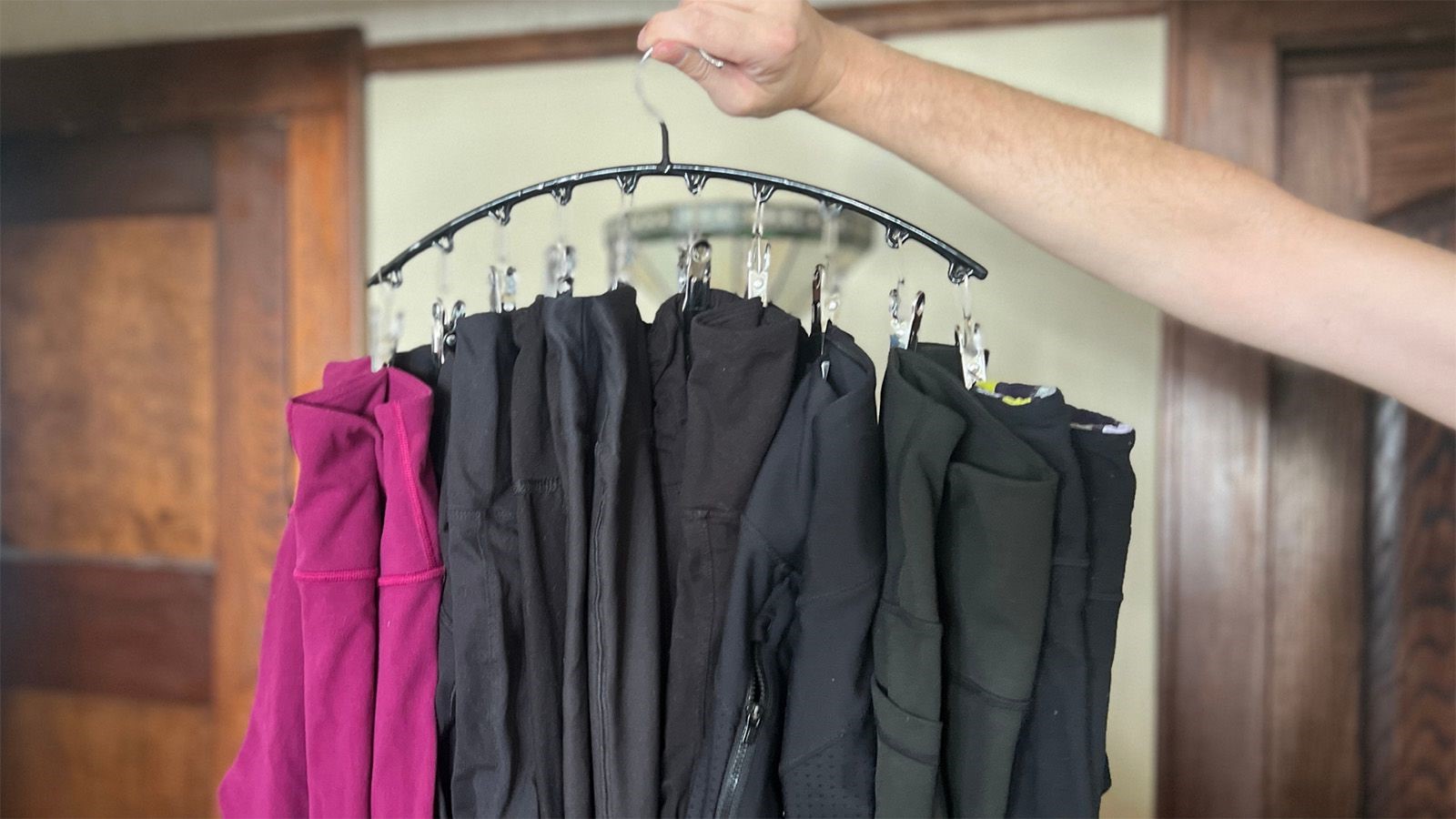
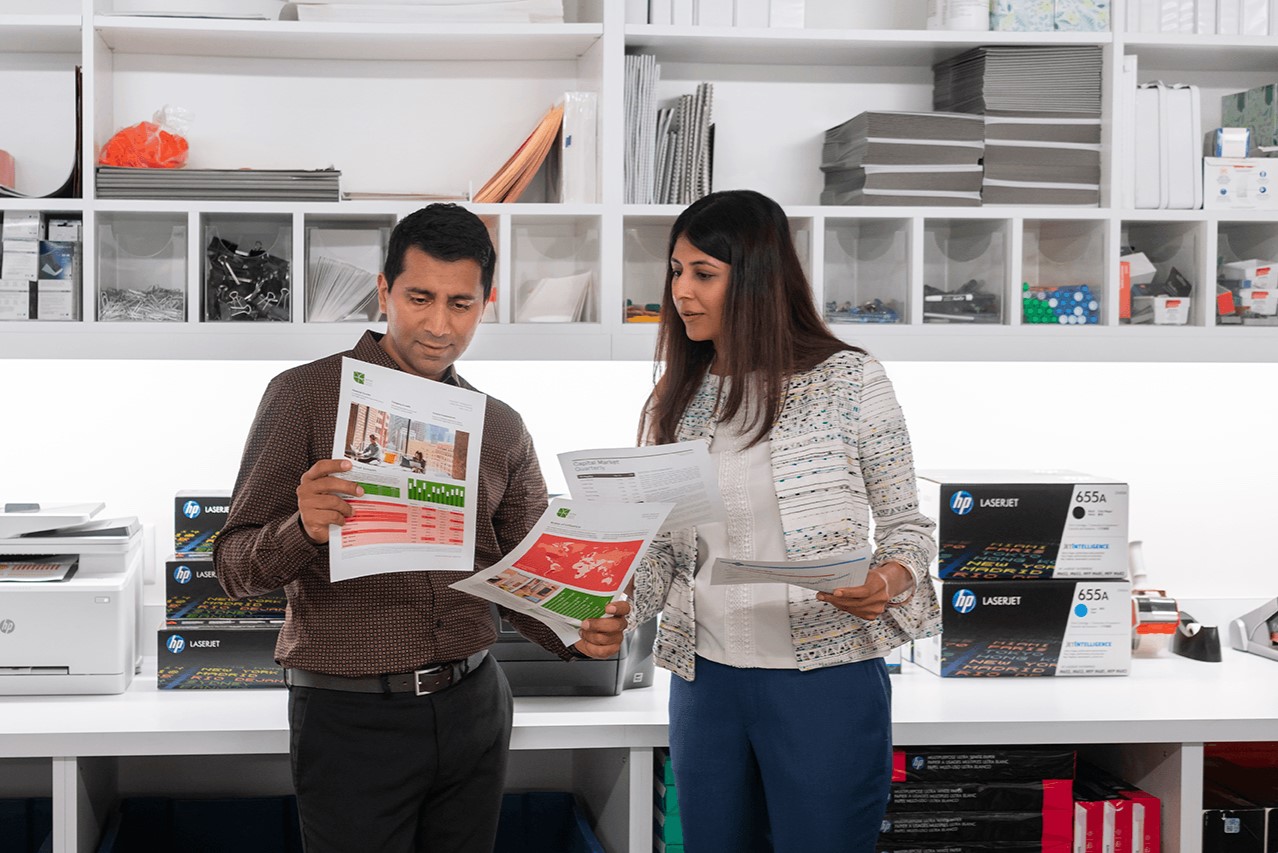

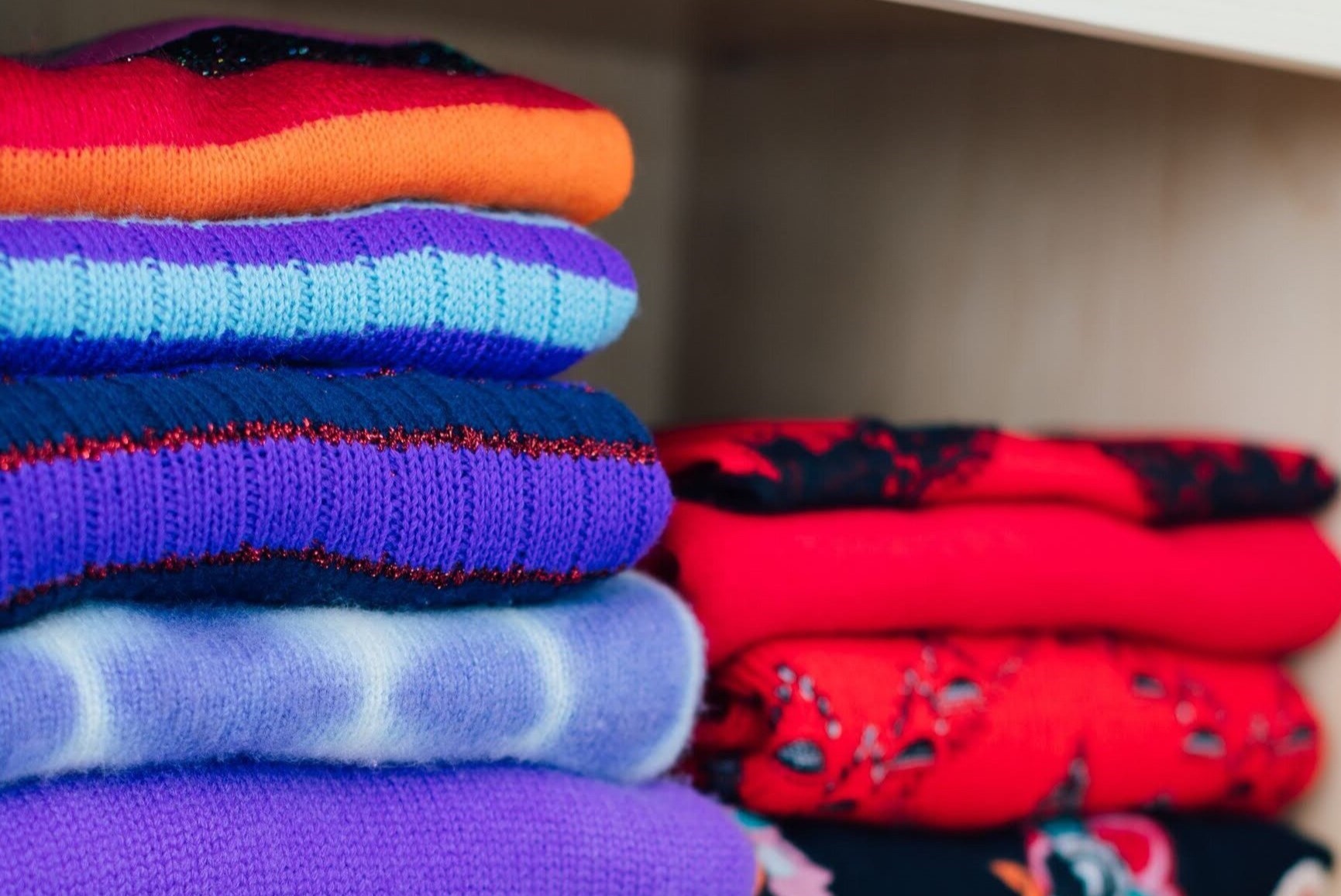
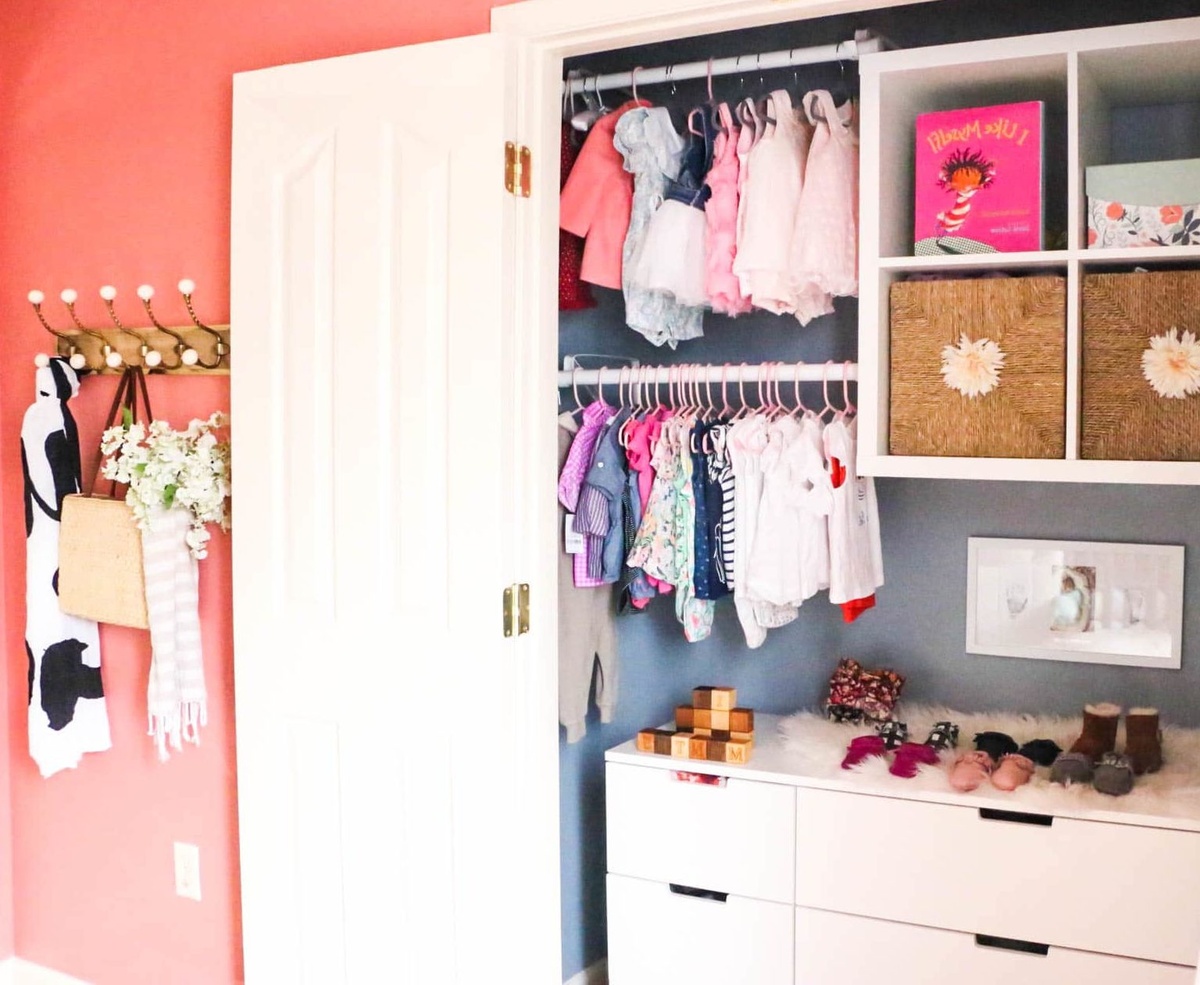
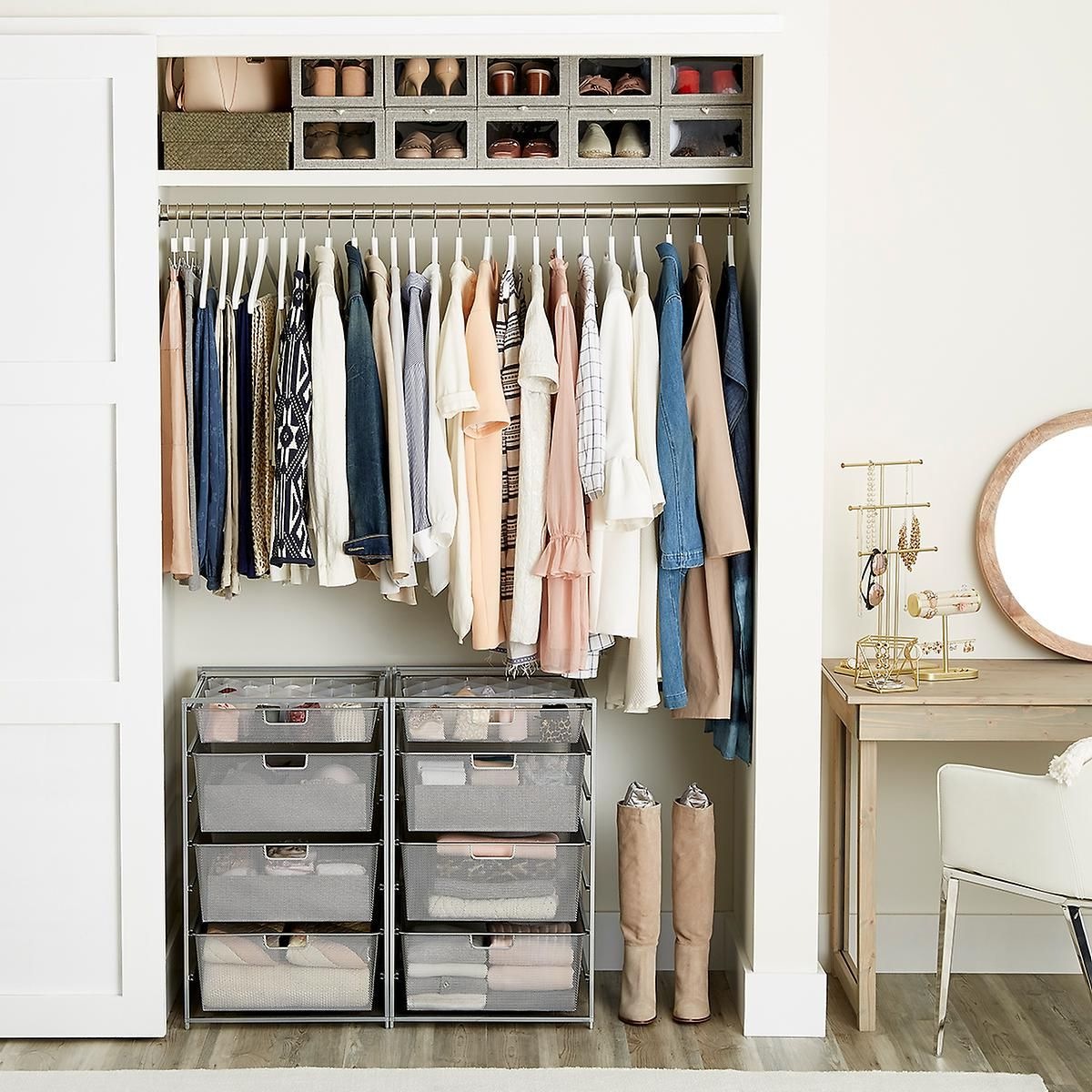
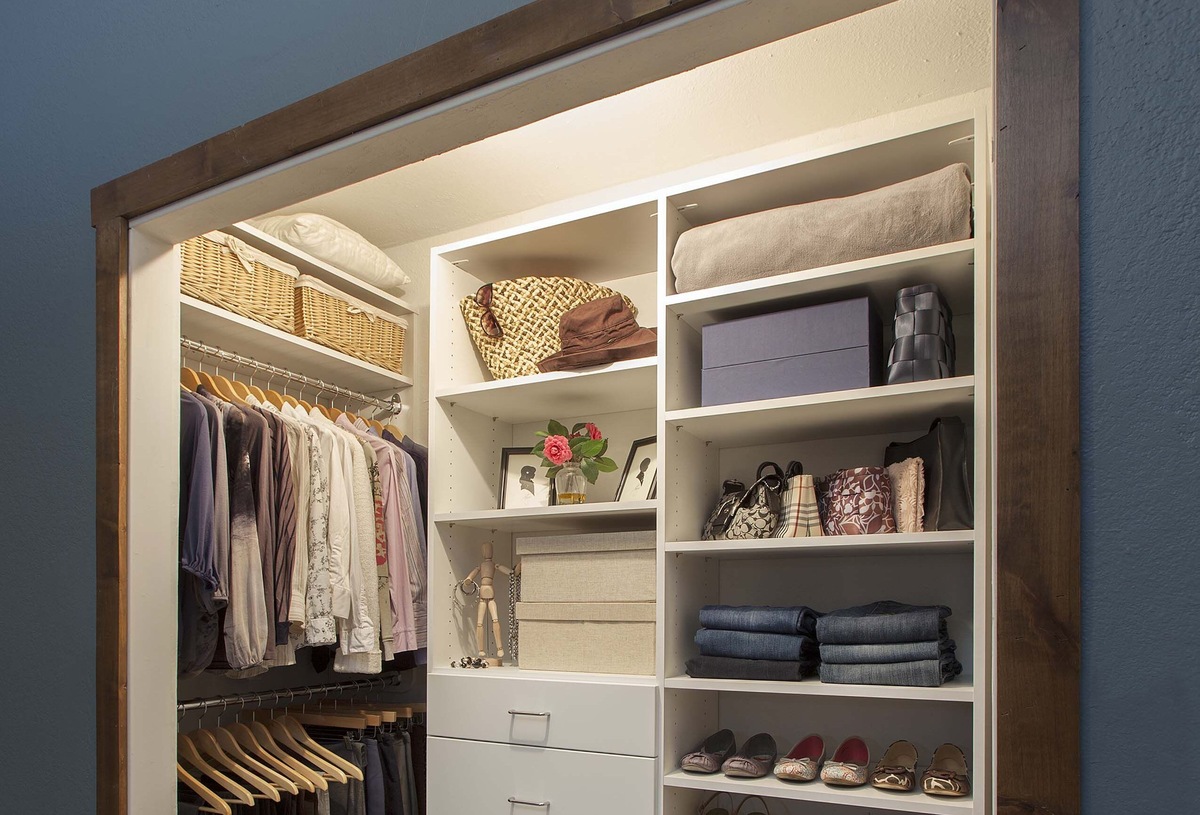

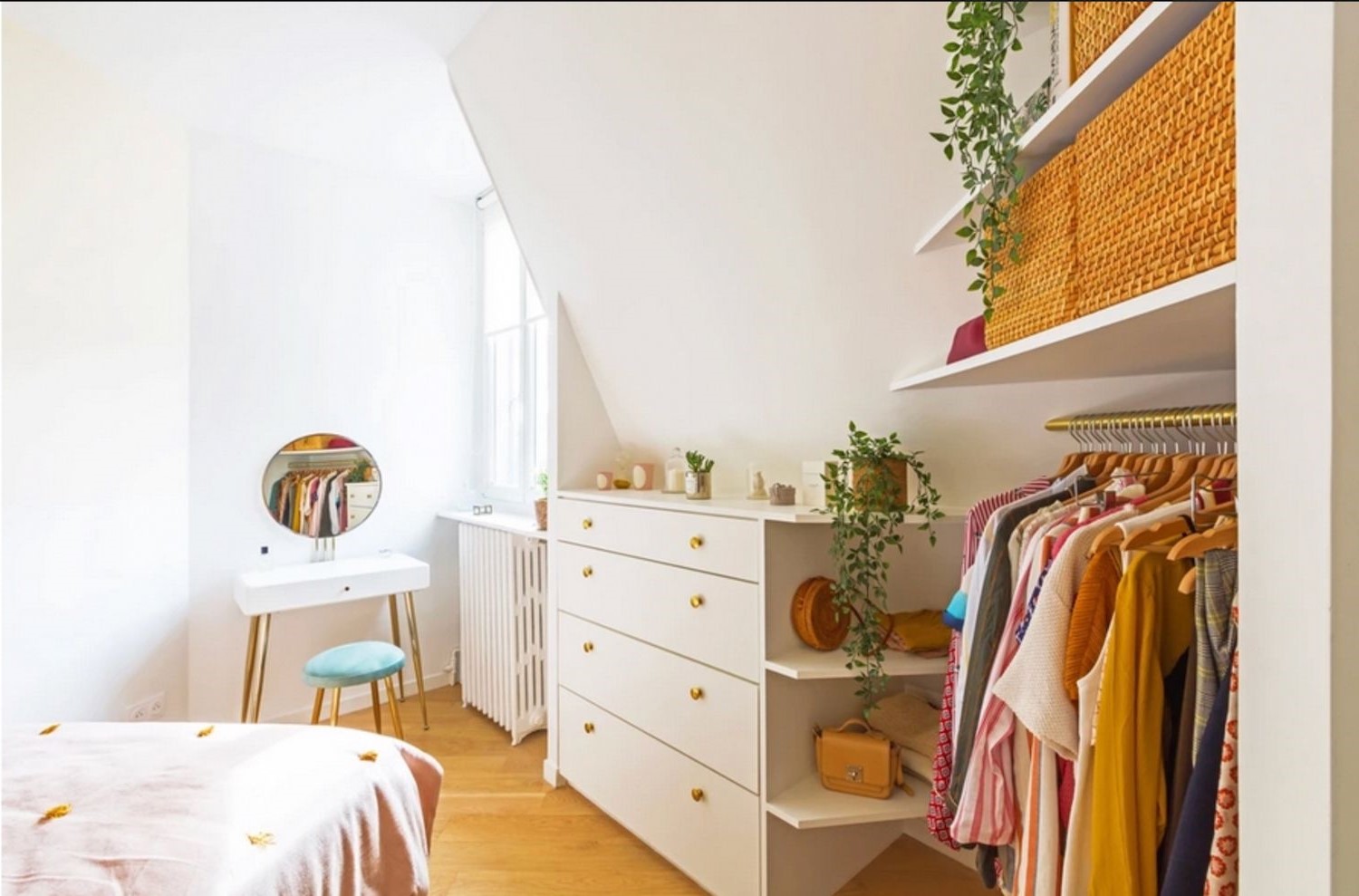
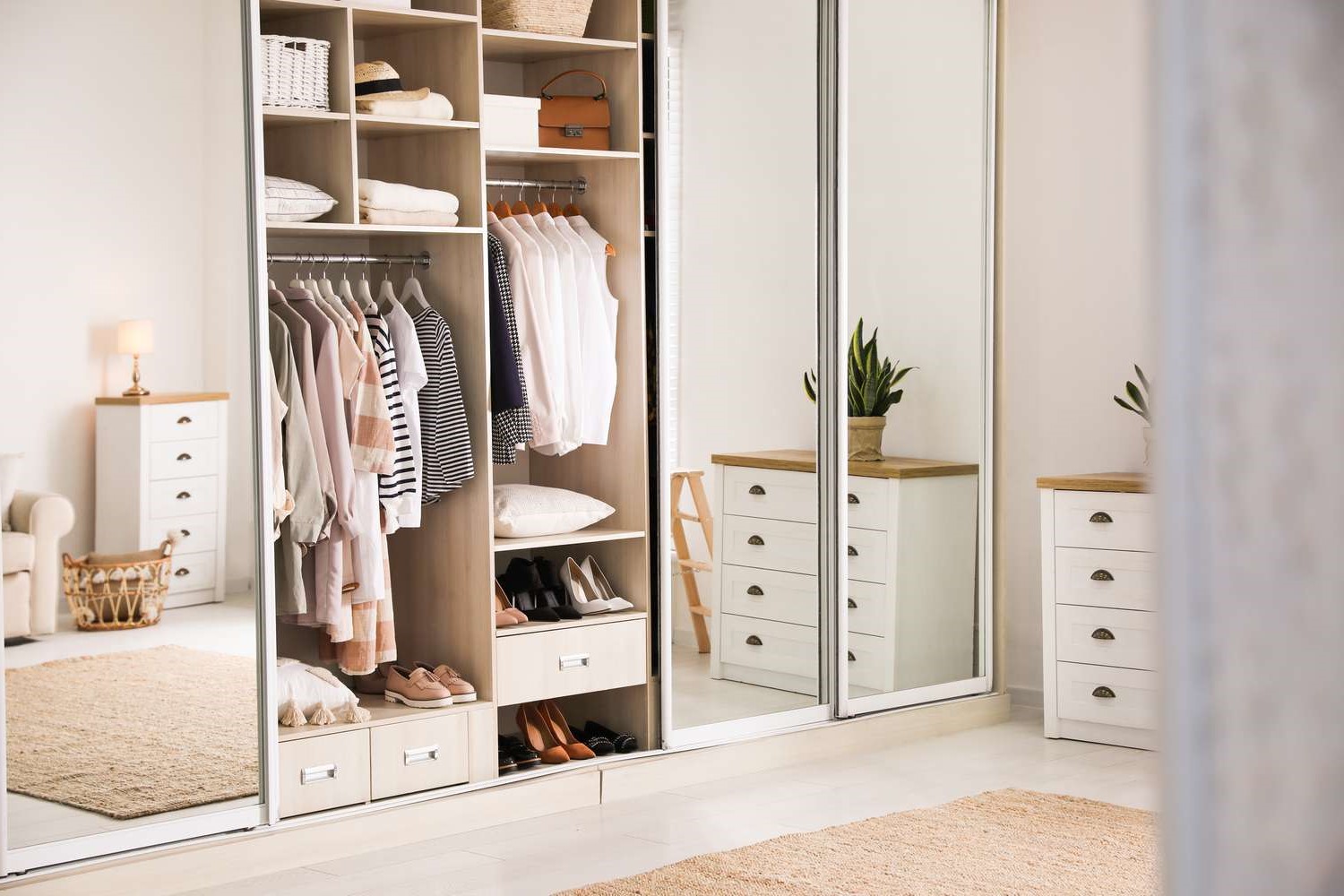

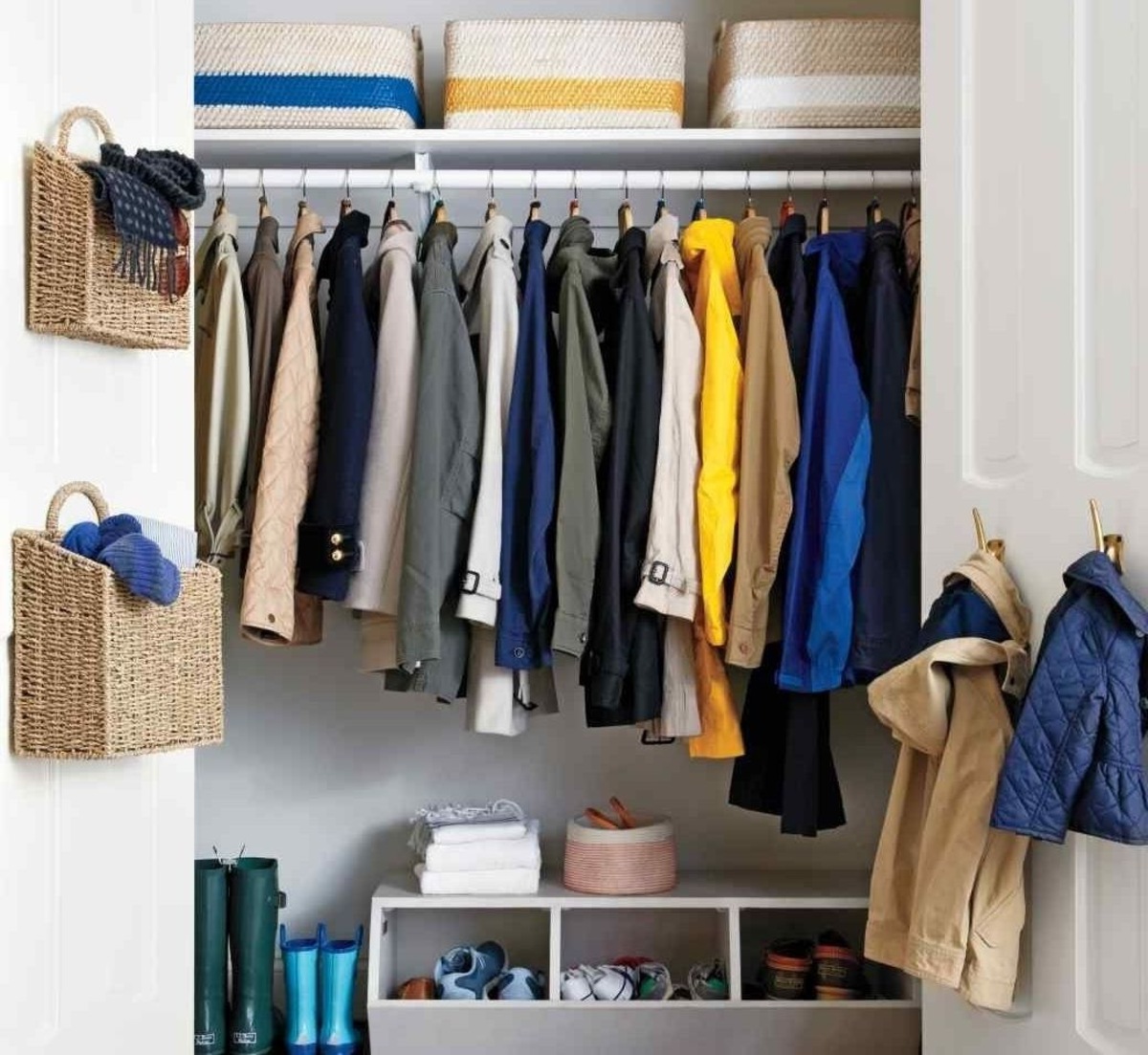
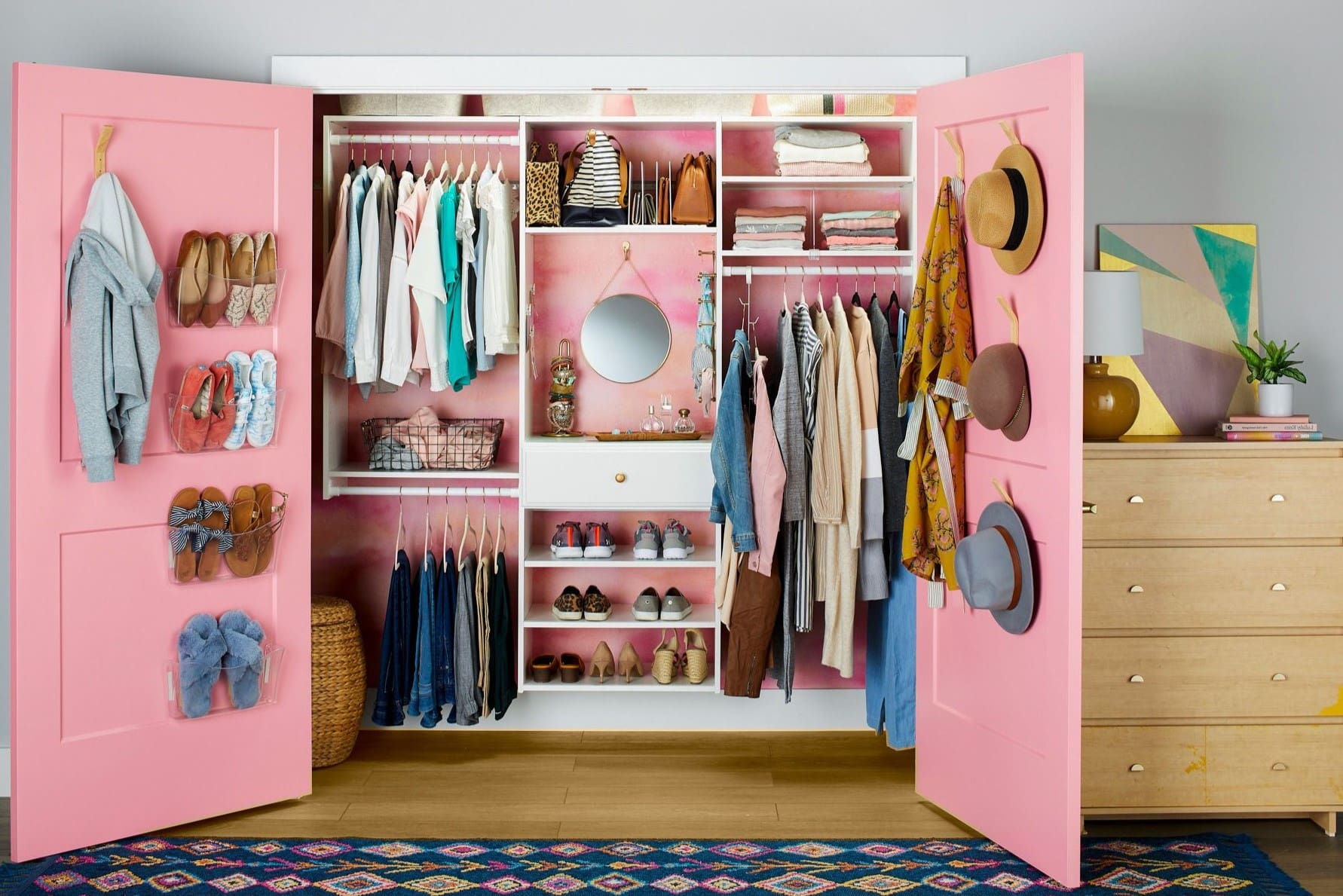

0 thoughts on “How To Organize A Supply Closet”